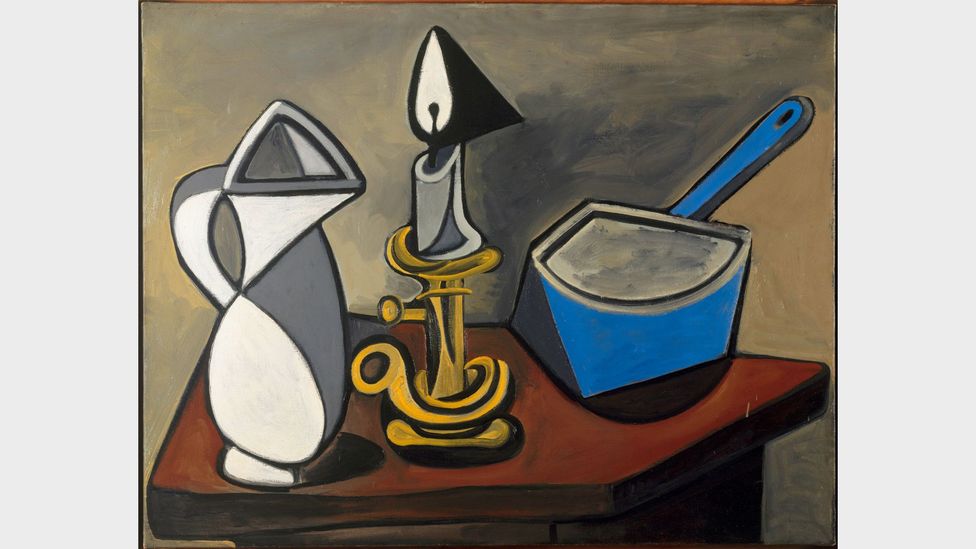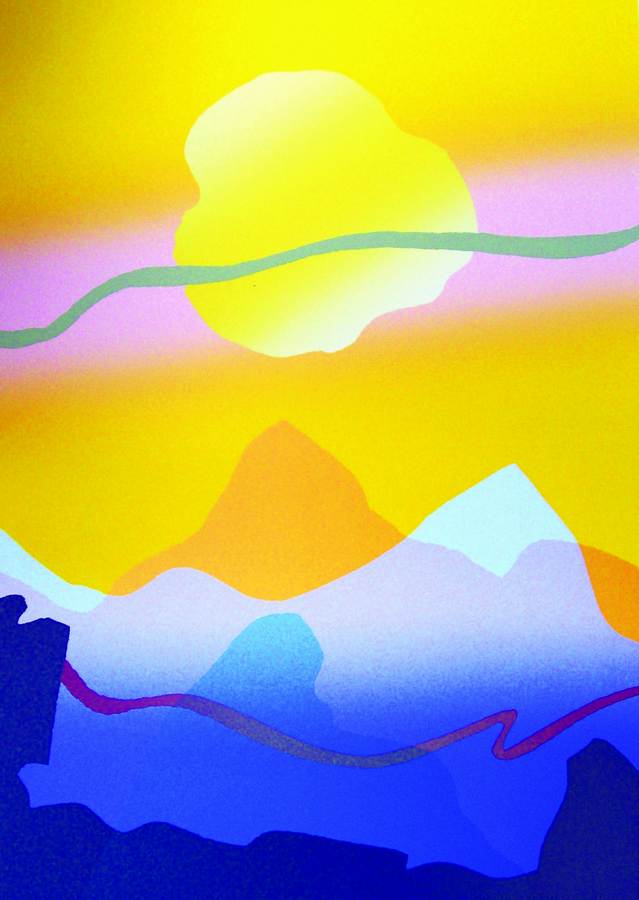
The dark tone used to depict the three women, as well as the rough texture of their clothing, unifies them with each other and to the roughness of the wall behind them. Sher-Gil creates harmony “Three Girls” by using tone and texture. While lots of design elements are different, a dominant unity created by similarities in color, pattern, texture or other elements makes the painting or design feel harmonious.

The combination of similar elements creates an aesthetically pleasing overall effect. He also creates periodic examples of pattern such as the lined boxes in the upper right corner – this helps to add depth to the painting. His use of repeated geometric shapes like triangles, circles, squares and even simple lines forces the user’s eye to continuously move around the painting. Kandinsky makes use of both repetition and pattern. “Black and Violet” by Vasily Kandisnky in 1923 Where an element is similar enough and repeated often enough, it can create a pattern. The use of the same or a similar element repeated again and again can give a work a sense of movement or structure. He uses light as a subject – the way the figures are all shaded in darker tones with the exception of a bright central pair and a young fruit picker, highlighted by light tones. “Fruit Pickers Harvesting Under the Mango Tree,” by Fernando Amorsolo in 1939Ĭolor is the primary tool that Amorsolo uses to create contrast and depth in his piece. This is often done with color, form, size or texture. ContrastĪ huge part of creating depth in an image, and interest in a piece, is by using multiple contrasting elements – or different elements set side by side. This creates an illusion that the people are up high and close to the viewer, while the rest of the landscape is far off in the distance. The figures in the foreground are larger while the buildings and mountains in the background are smaller. This mural painted by Rivera clearly demonstrates a sense of space and depth by changing the scale of objects. “Mexico City – Palacio National” by Diego Rivera Scale can be used for multiple effects – whether to demonstrate a sense of space and depth or to help create a dominant focal point. The juxtaposition of elements of different sizes, or proportions, within a work of art helps create a sense of scale. Almost all of the imagery seems drawn into one central focal point – the intersection of the street. (right) Radial symmetry, or symmetry radiating out from a specific point, takes form in the positioning of the street and streetcars in Kirchner’s work.The use of a bright white towel in the bottom right corner completely dominates the work but is still balanced out by the parallel emptiness of the deep black background. (Bottom Left) Cézanne’s still life demonstrates asymmetrical balance.The tree splits the painting into two distinct halves and then utilizes the flags both in the air and in the hands of the dancers to create horizontal symmetry. (Top Left) Rousseau’s work demonstrates a symmetrical balance.Radial Balance is when elements are positioned evenly around a central point.


It’s the way the artist creates a sense of equilibrium in a design, by how the objects in the design are arranged. To keep it simple, we’ll show off 19th and 20th century expressions to show how you can put the elements and principles of design to work.īalance is one of the most intuative and complicated design principle. Going way back to the prehistoric times with the Lascaux Caves (some of the first recorded human paintings), painting is practiced in all cultures all over the world and has been for hundreds of years. Painting is one of the most original forms of artistic expression.

Types of imagery in paintings series#
This series will make you more aware of what those design principles are and how you can employ them to make your designs even better! As a designer, you utilize artistic elements and principles to help create beautiful and effective designs.


 0 kommentar(er)
0 kommentar(er)
